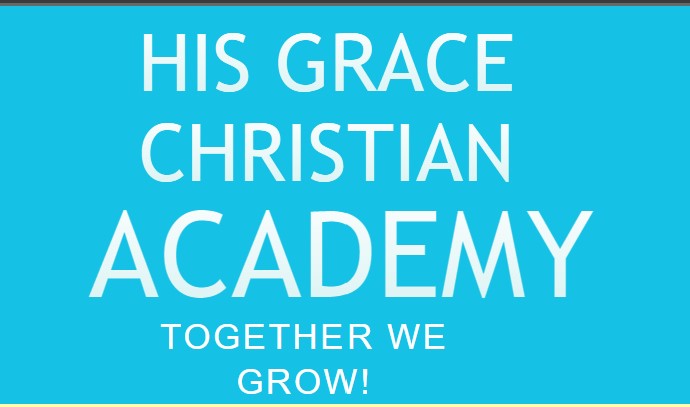Montessori Method
Montessori Method Vs Traditional Approach
Emphasis on cognitive and social development
Teacher has unobtrusive role in classroom
Environment and method encourage self-discipline
Mixed age grouping
Grouping encourages children to teach and help each other
Mainly individual instruction
Child chooses own work
Child works as long as he wishes on chosen project
Child discovers own concepts from self-teaching materials
Child sets own learning pace
Child spots own errors from feedback on material
Child reinforces learning by repetition and feelings of success
Organized program for learning care of self and environment (polishing shoes, cleaning the sink, etc.)
Child can work where he chooses (yet not disturb work of others); group work is also encouraged
Traditional Method
Emphasis on social development
Teacher is center of classroom as “controller”
Teacher enforces discipline
Same age grouping
Most teaching done by teacher
Group and individual instruction
Activities structured for child
Child generally allotted specific time for work
Child is guided to concepts by teacher
Instruction pace usually set by group
If work is corrected, errors usually pointed out by teacher
Learning is reinforced externally by repetition and rewards
Less emphasis on self-care instruction
Child usually assigned own chair; encouraged to participate, sit still and listen during group sessions
